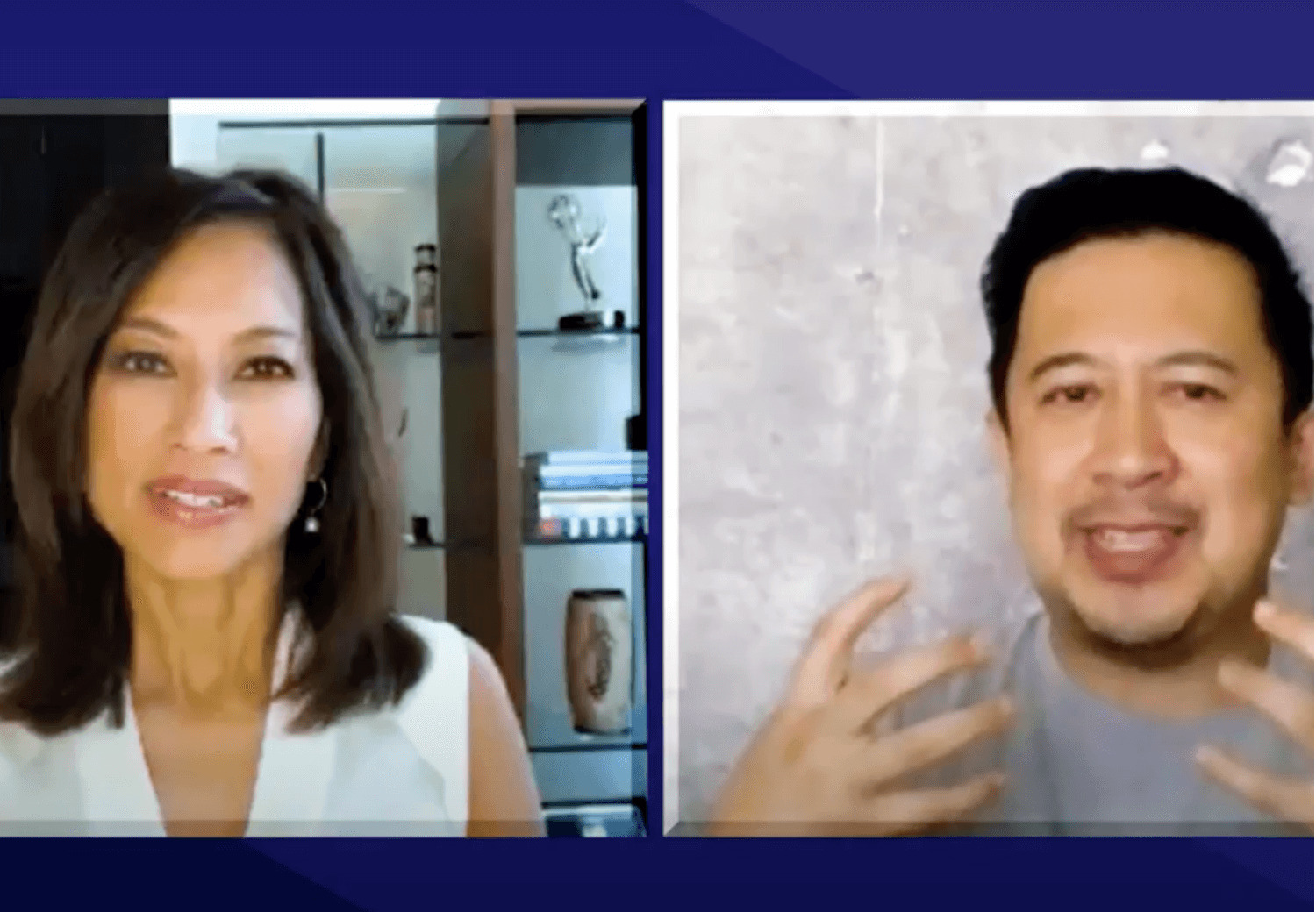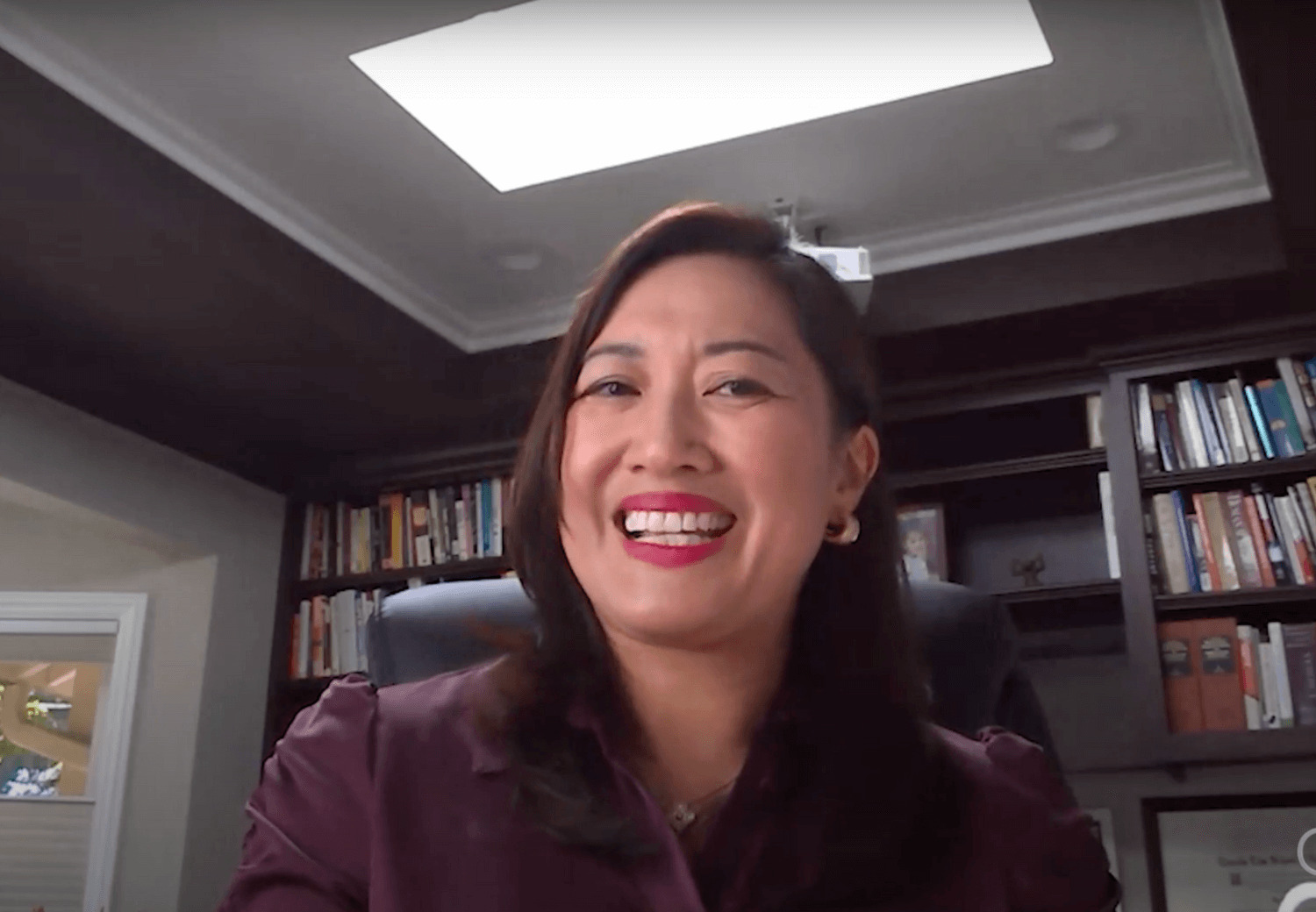Oh, yes, yes, a hundred percent. I would say most leaders have an archetype. So, Daniel Goldman who’s from Harvard, he talks about the six leadership styles, like authoritative coaching, coercive, affiliative, democratic, and pay setting.
So, you have like a band, you have like a range. For me, I’m an affiliative coach, and sometimes authoritative coach. And so, what that means is like, I’m generally very coachy, so I embrace that I’m a little bit preachy. I tend to be a little bit heady and academic, and intellectual. So, I don’t think that style, that’s in my wheelhouse. I don’t think that’s outside my range ever.
But sometimes, I won’t be as authoritative, because I don’t need to be the one in charge, and some days, I won’t be as affiliative, which is like, walk through this, everybody’s singing kumbaya together. So, they call it like situational leadership, right? So, I’m a huge fan of situational leadership, and sometimes in activism, they call it code switching. So, it’s the idea that you put on different faces or masks, based on where you’re at.
But CEOs, we have to do that, because I have 400, 500 employees. If I walk into a store and I’m talking to an introvert, I’m going to overwhelm them, because I’m a little bit more like loud and a bigger personality. So, I actually ask way more questions, versus some people who are big dreamers, they like being inspired. I’ll take my energy up a little bit.
Here’s a good quote that I usually like to say, is like, “Be the thermostat, not the thermometer.” A thermostat will set the temperature in a room. So, if the energy’s a little low, a good leader is going to be able to dial up the energy. If it’s tense, and there’s a lot of tension, well then, you’re going to want to figure out how to diffuse that, and lower it.



